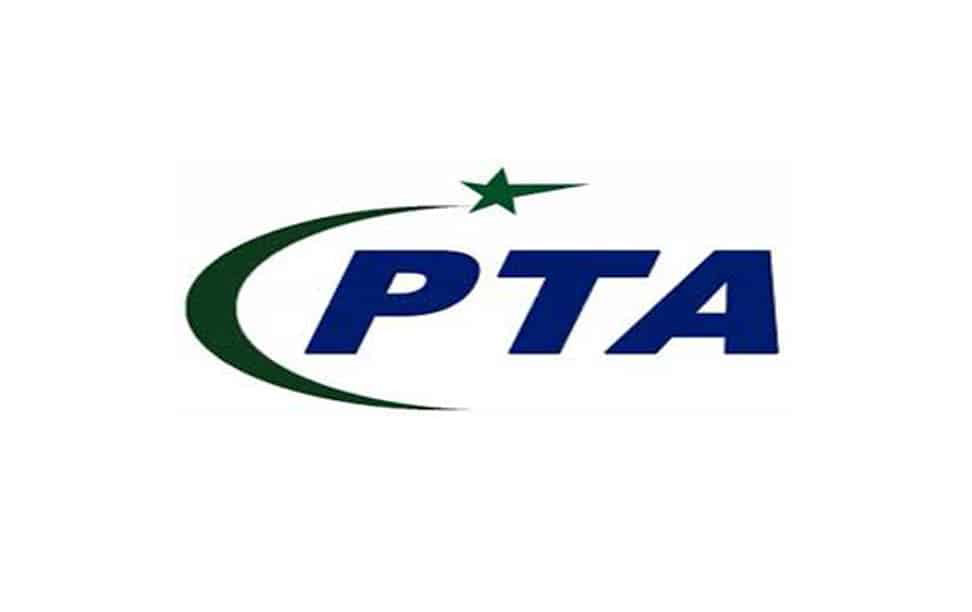Pakistan sets ambitious target for 2017-18, deficit to be wider

By MG News | June 06, 2017 at 09:40 AM GMT+05:00
Pakistan economy to grow by 5 percent during the next fiscal year while fiscal deficit would be wider than government’s expectation owing to higher spending due to election year and slippage in revenue collection expected.
The Moody’s in a report released that the budget is based on a real GDP growth target of 6.0% for FY2018, after 5.3% in FY2017 – which was revised down from 5.7% – driven by a significant increase in development spending related to the China-Pakistan Economic Corridor (CPEC) project, primarily for energy and transportation infrastructure.
“We expect real GDP growth to be closer to 5.0% in both FY2017 and FY2018, due primarily to CPEC project implementation risks and capacity constraints on government development spending”.
Credit-positive commitment to moderate budget deficit maintained On 26 May, Pakistan (B3 stable) unveiled its federal budget for the fiscal year ending June 2018 (FY2018), which targets higher development spending-led growth and a broadly stable budget deficit. In his budget speech, Finance Minister Ishaq Dar announced a 4.1% of GDP fiscal deficit target for FY2018, similar to the 4.2% provisional estimate for FY2017 and much lower than a peak of more than 8.1% of GDP in FY2013. The re-asserted commitment to moderate deficits is credit positive for Pakistan whose debt burden, at nearly 67% of GDP in 2016, and large gross borrowing requirements, at nearly 32% of GDP, are constraints on the sovereign rating. Implementation of the budget measures would support Pakistan's credit profile by helping to relieve supply-side infrastructure bottlenecks, which constrain the country's economic development. However, budget execution risk is high, given relatively ambitious GDP growth and revenue assumptions, as well as limited institutional capacity to spend development funds.
Besides somewhat lower GDP growth than assumed in the budget, we expect the fiscal deficit to be wider than the government forecasts, at about 4.7% of GDP in FY2017 and 5.0% of GDP in FY2018.
In particular, we expect further revenue collection shortfalls and pressure to increase current spending before the 2018 general election. On the revenue side, the government projects an approximate 11% increase in FY2018 over FY2017 (a 3.0% increase over FY2017 budgeted revenues) .
The increase will stem from tax revenues, which are projected to grow by about 14% from estimated FY2017 collections, and 9.5% over the FY2017 budgeted amount. At this stage, no material details are available to account for relatively high revenue growth. Given our forecast of about 10% nominal GDP growth in FY2018, this implies a tax buoyancy of around 1.4, which would indicate a high degree of tax revenue responsiveness to movements in GDP. The government's nominal GDP growth assumptions are likely higher, implying more moderate tax buoyancy, broadly in line with international experience. We believe that realization of the revenue targets will be challenging. Factors that will weigh on revenue collection include a cut to the corporate tax rate to 30% from 31%, as part of a phased reduction, and duty breaks for selected export-oriented sectors, as announced in January 2017.
The government projects about a 2% increase in current expenditure and a 40% increase in development spending relative to downwardly revised estimates for FY2017. In his budget speech, Finance Minister Dar emphasized the government's intent to keep current expenditure “under tight control.” Higher spending on infrastructure, education, health services and Kashmir affairs is driving the rise in development spending. In years past, limited capacity to spend budgeted development funds restricted such expenditure, particularly at the provincial level. We believe it will be difficult for the government to fully realize its ambitious development spending targets this year, absent material institutional strengthening. Meanwhile, much of the CPEC project runs through difficult terrain along the Afghanistan border, which is vulnerable to periodic terrorist attacks that can disrupt construction.
Related News
| Name | Price/Vol | %Chg/NChg |
|---|---|---|
| KSE100 | 132,548.19 93.55M |
-0.64% -855.00 |
| ALLSHR | 82,941.85 514.09M |
-0.30% -246.20 |
| KSE30 | 40,330.58 33.62M |
-0.79% -320.88 |
| KMI30 | 190,655.81 37.95M |
-0.74% -1428.11 |
| KMIALLSHR | 55,670.94 264.18M |
-0.32% -176.76 |
| BKTi | 36,181.72 5.93M |
-0.66% -241.16 |
| OGTi | 28,226.30 7.09M |
-0.74% -211.31 |
| Symbol | Bid/Ask | High/Low |
|---|
| Name | Last | High/Low | Chg/%Chg |
|---|---|---|---|
| BITCOIN FUTURES | 109,225.00 | 109,545.00 108,625.00 |
10.00 0.01% |
| BRENT CRUDE | 70.04 | 70.09 69.85 |
-0.11 -0.16% |
| RICHARDS BAY COAL MONTHLY | 97.50 | 0.00 0.00 |
2.05 2.15% |
| ROTTERDAM COAL MONTHLY | 106.65 | 106.65 106.25 |
0.50 0.47% |
| USD RBD PALM OLEIN | 998.50 | 998.50 998.50 |
0.00 0.00% |
| CRUDE OIL - WTI | 68.20 | 68.27 67.78 |
-0.13 -0.19% |
| SUGAR #11 WORLD | 16.15 | 16.37 16.10 |
-0.13 -0.80% |
Chart of the Day
Latest News
Top 5 things to watch in this week
Pakistan Stock Movers
| Name | Last | Chg/%Chg |
|---|
| Name | Last | Chg/%Chg |
|---|


